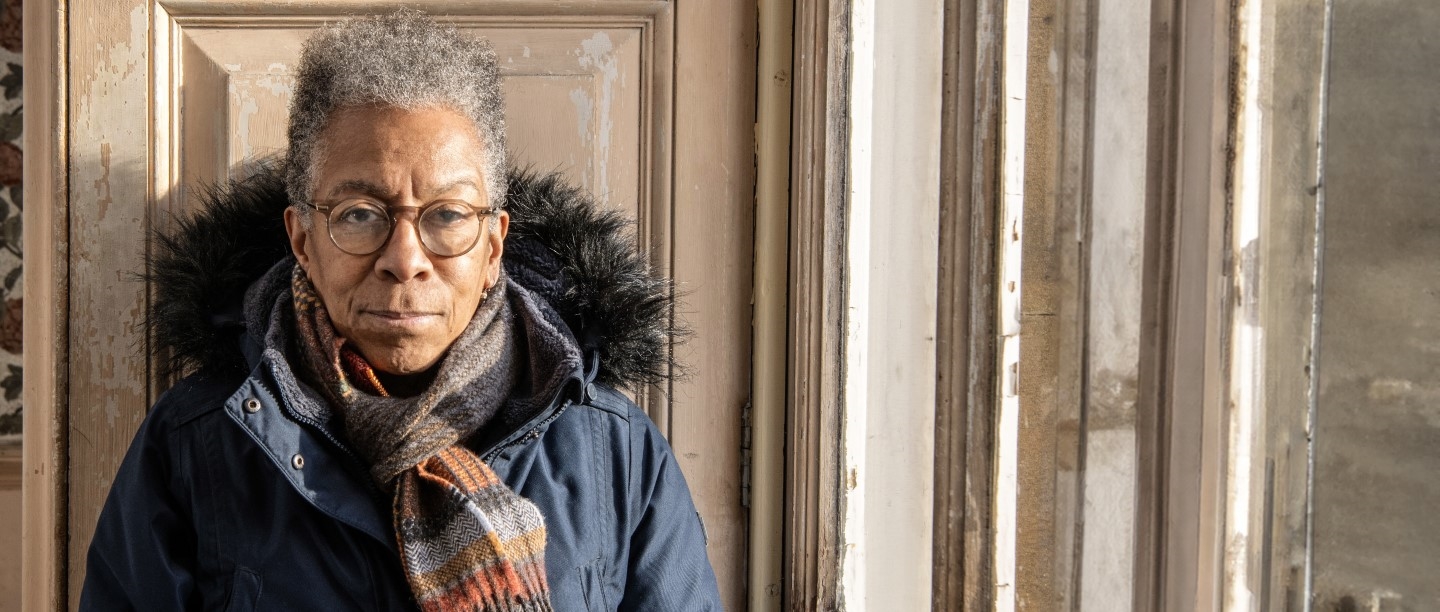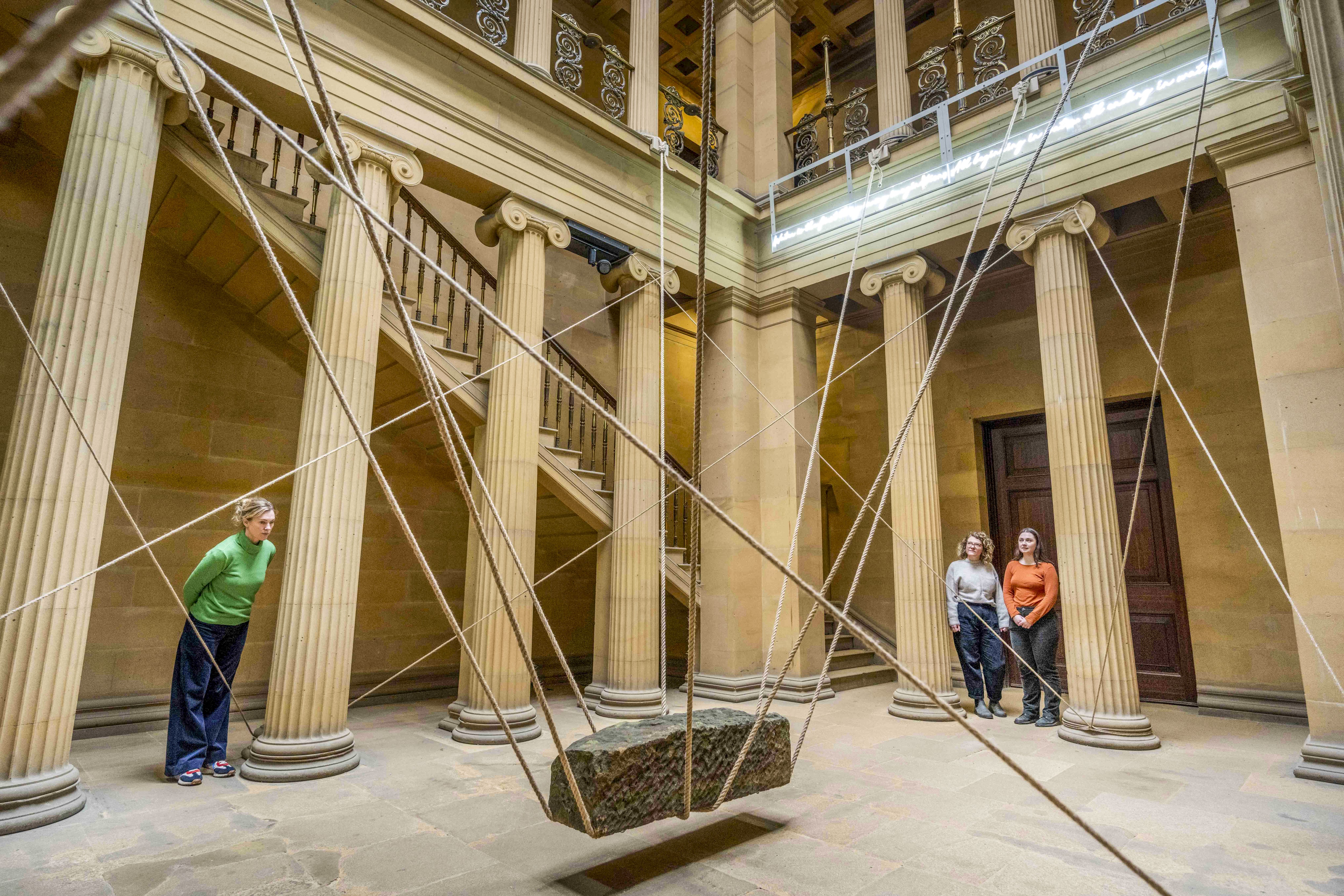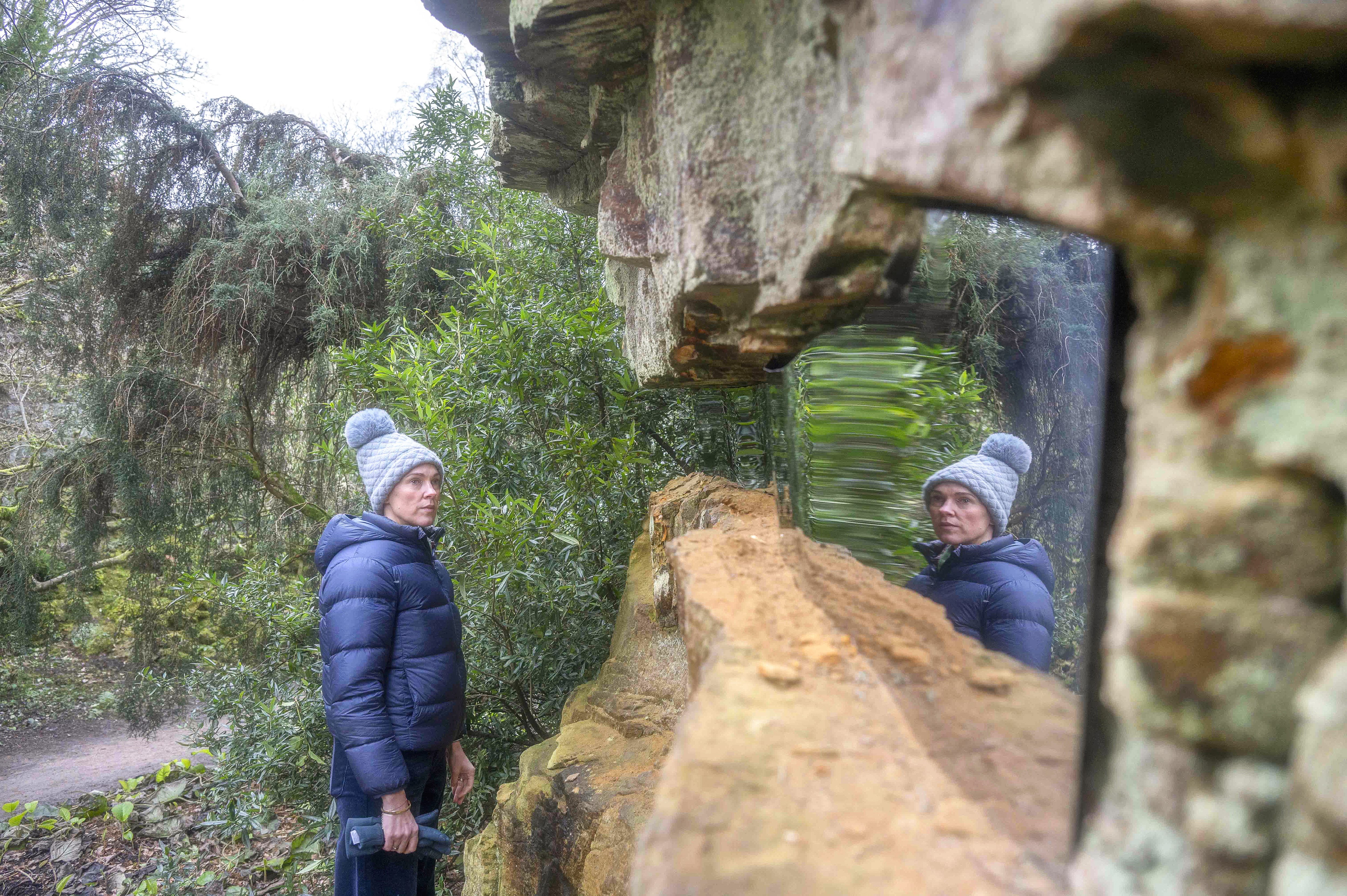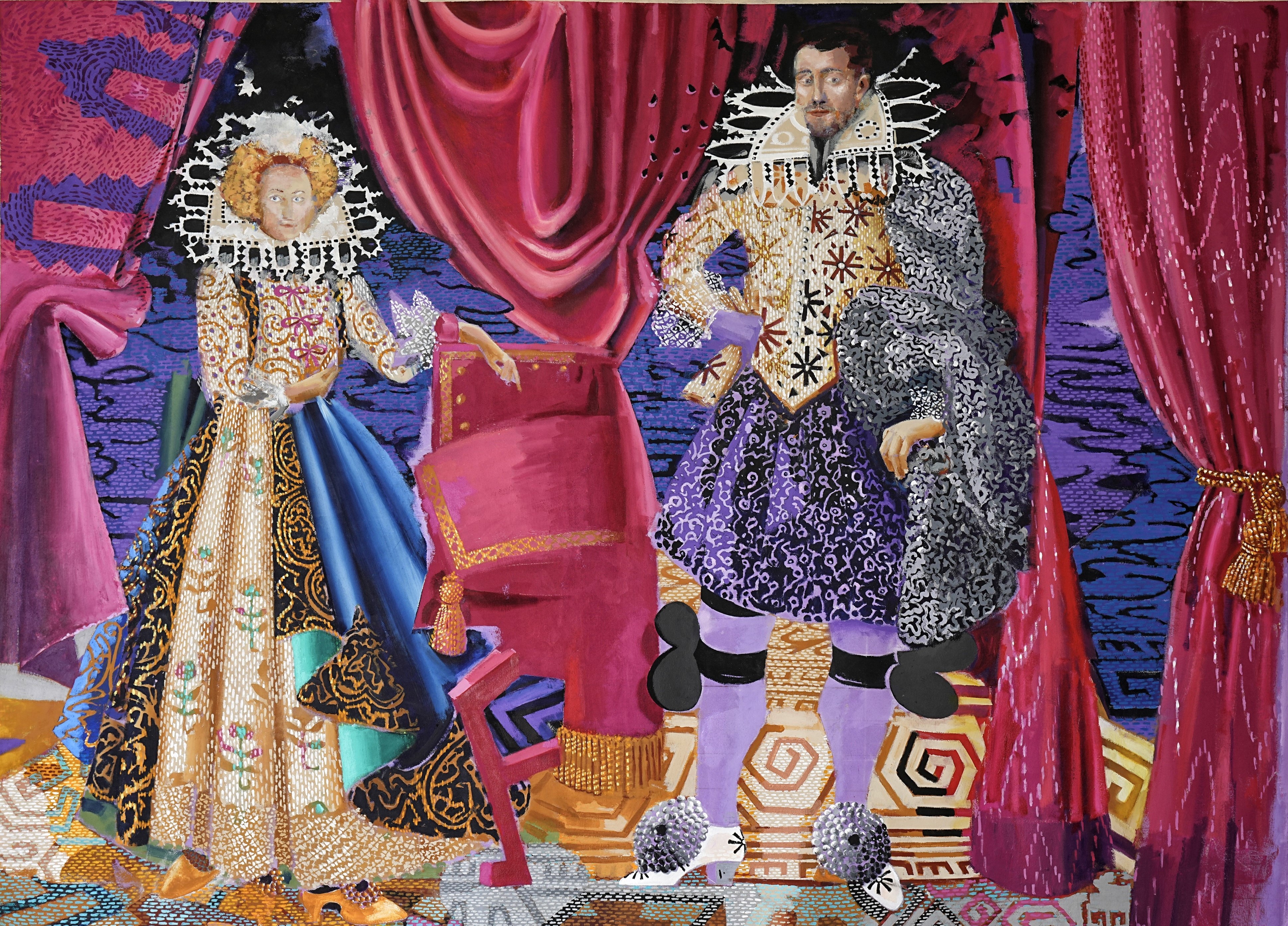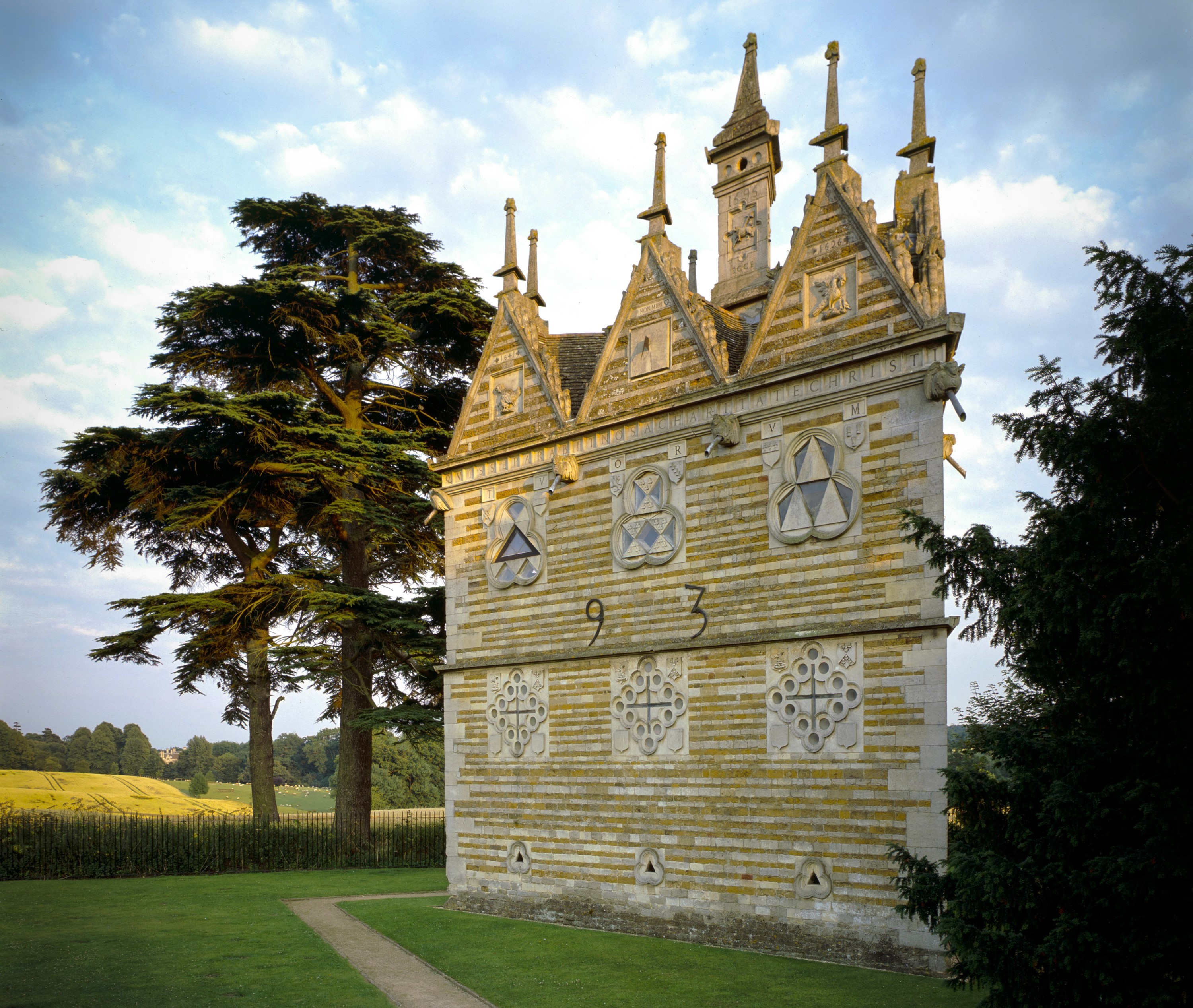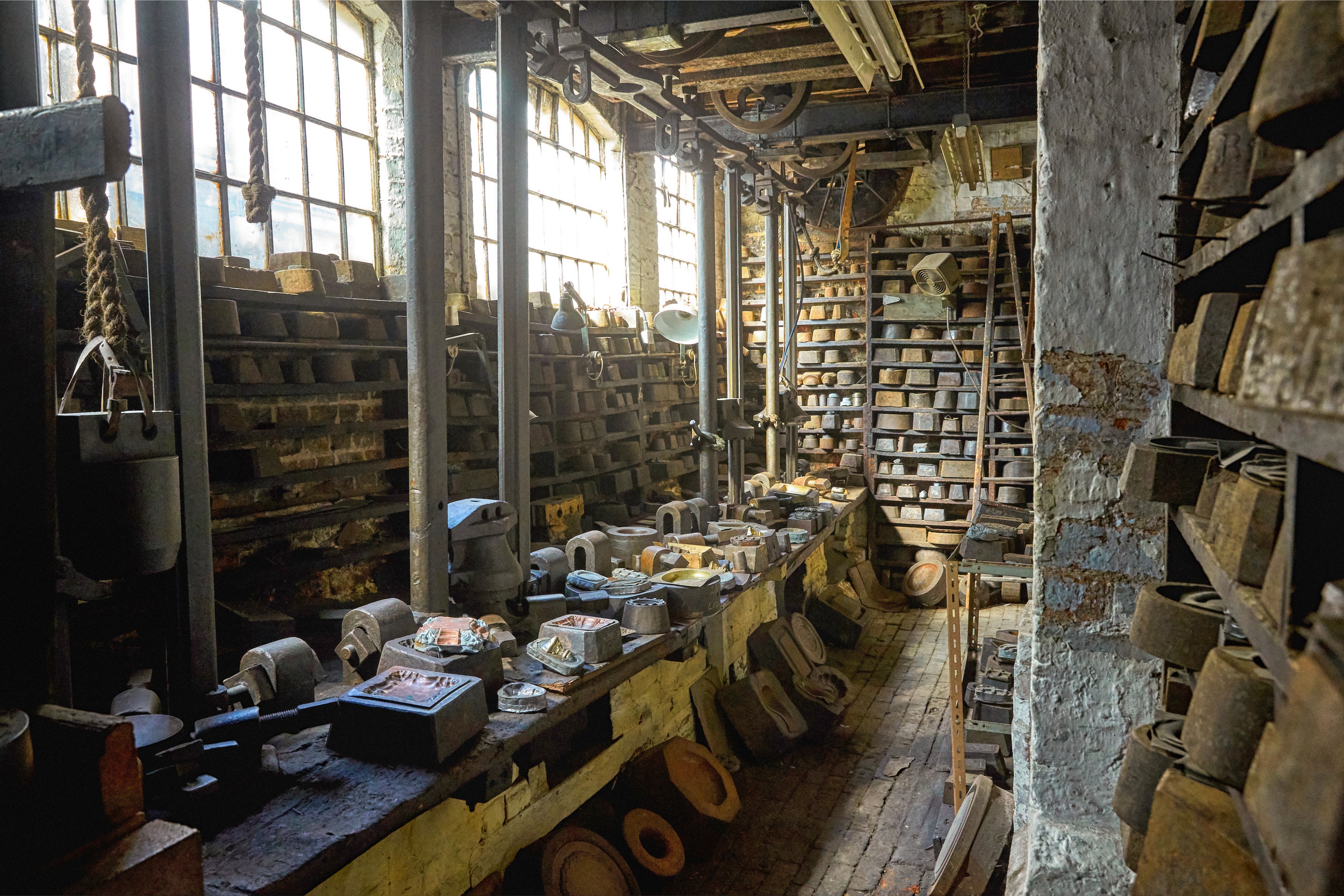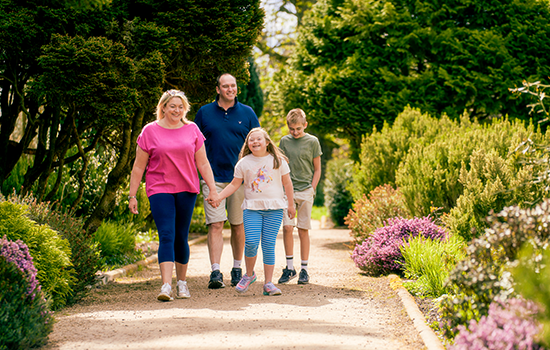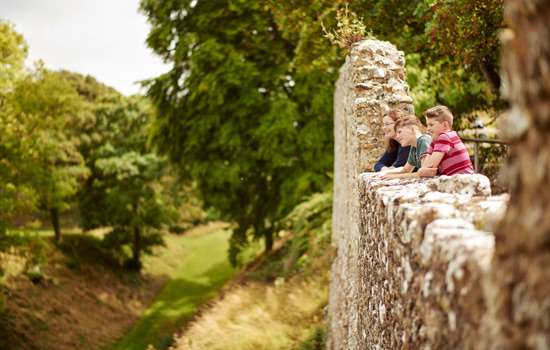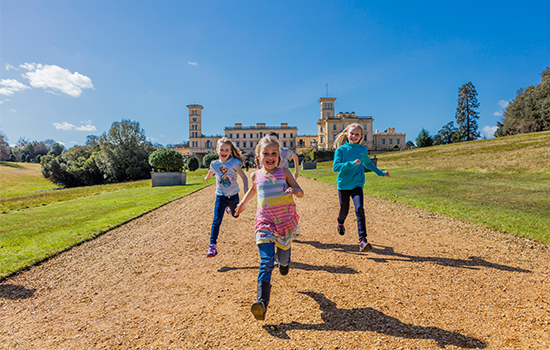There are countless ways of telling the story of a property. Or rather stories, because each of English Heritage’s 400-plus historic sites and monuments boasts a multitude of complex, interweaving and sometimes even conflicting narratives.
One of the most exciting ways the strands of this rich heritage are being reimagined is through the creative programme. This year’s series of commissions takes place at sites across the country, with contemporary artists drawing inspiration from properties to create something entirely new and thought-provoking.
Each commission is the product of collaboration between the artist, historians and curators. But at the heart of it, says senior creative programme manager Penelope Sexton, is the artist’s voice. ‘It’s why we’re working with them: their imagination and how they express it.’
These new perspectives will enrich the experience of regular visitors but will also, Sexton hopes, attract those less familiar with the sites, bringing in wider audiences and connecting with communities.
There is Light in the Fissures
by Ingrid Pollard
Belsay Hall, Castle and Gardens, Northumberland
UNTIL 14 JULY 2024
Belsay Hall, Castle and Gardens is full of impressive features, from the castle’s 14th-century tower to the romantic Quarry Garden. Artist Ingrid Pollard MBE, who spent a year researching the property as part of an artist fellowship with Newcastle University, is presenting an exhibition here and hopes to ‘disrupt the architecture’.
New works by the Turner-Prize-nominated artist will be installed all over the property. Visitors will find a sandstone boulder suspended in the Pillar Hall, evoking thoughts of the relationship of this building to the land on which it sits. Upstairs, photographic images hanging in the bedroom windows will deliberately interrupt views of the estate, forcing visitors to consider Pollard’s work alongside those views.
In the quarry, reflective surfaces inserted into crevices in the rock will offer visitors a distorted view of themselves within the landscape. ‘For all these pieces,’ Pollard says, ‘I want audiences to have some work to do, to think about what they’re seeing.’
Visit Belsay Hall, Castle and GardensStrike a Pose: Stephen Farthing and the Swagger Portrait
Kenwood, London
29 JUNE TO 3 NOVEMBER 2024
The ‘swagger portraits’ of Jacobean artist William Larkin (c.1580–1619) at Kenwood were designed to leave no doubt in the viewer’s mind about the wealth and prestige of their subjects. They’ve recently been a source of fascination for the artist Stephen Farthing RA, who’s been creating his own modern twists on the form since early in his career. ‘It’s the theatre of them – the vanity of having a full-length portrait of yourself that would hang in a country house or palace,’ he says.
Times may have changed since the heyday of the swagger portrait, between the 17th and early 19th centuries, but Farthing believes the impetus to create such works has not. His work is a means of ‘making things from history that have resonance today’.
Now, for the first time, Farthing’s swagger portraits, including four new paintings complemented by preparatory sketches, will hang alongside works by artists that have inspired them. As part of the project, Farthing will also be in residence in Kenwood’s dairy, creating a painting on site in conversation with volunteers at the property.
Visit KenwoodTestament: Marigold Short
Rushton Triangular Lodge, Northamptonshire
26 JULY TO 22 SEPTEMBER 2024
Designed by Sir Thomas Tresham (father of one of the Gunpowder Plotters) and constructed between 1593 and 1597, Rushton Triangular Lodge is a ‘statement of the Catholic faith in bricks and mortar’, says artist Marigold Short.
This building of threes – three floors, trefoil windows, three gables on each of its three sides – has the Christian doctrine of the Holy Trinity at its heart. That connection, and the force of Tresham’s faith, would have been clear to the landowner’s contemporaries but such notions can feel more elusive for visitors today.
Through her installations, which include a metal incense burner of the sort used in church services on the top floor, and a bird cage symbolising the dangers of pursuing an alternative religion in the basement, Short is seeking to illustrate the religious feeling typical of Tresham’s time.
‘Heaven and hell were very real concepts to people at that time, and we’ve lost that in our society,’ explains Short. ‘I’m hoping that some of those ideas will become more apparent as you enter the space.’
VISIT RUSHTON TRIANGULAR LODGEDion Kitson: Silver Lining
J.W. Evans Silver Factory, Birmingham
10 MAY TO 7 SEPTEMBER 2024
Behind the frontage of four terraced houses in Birmingham’s Jewellery Quarter lies the J.W. Evans Silver Factory – an extraordinarily well-preserved slice of British industrial heritage. ‘It’s as if the factory workers have just downed tools and left,’ says Penelope Sexton. ‘Going in there is like walking back in time.’
Between May and September, visitors on tours of the building will encounter not just this heritage but new works responding to it by artist Dion Kitson. He was inspired by ‘the detritus left by the staff – notes to turn lights off, a shrine to Princess Diana. It’s an honest reflection of how people dealt with the Industrial Revolution and its decline. The preservation of it is a reflection of the human condition.’
Kitson’s hyperreal response sees him augmenting what was left by the workers as a commentary on that decline and what has taken its place since. The aim of this series of works, and the artist’s accompanying solo show at the nearby Ikon Gallery, is to ‘engage, then provoke’, says Kitson. ‘My work is about enjoyment then reflection.’
VISIT J.W. EVANS SILVER FACTORYGet creative with the kids
There are loads of creative ways that children can get involved with our sites and their stories.
In the May half-term, Kids Rule! events are taking place at properties up and down the country to give younger visitors the chance to get hands-on with heritage. Participating sites include Belsay Hall in Northumberland and Eltham Palace in London.
At some sites – including Birdoswald (pictured) and Audley End House in Essex – there are special interactive exhibits for kids. Find details of our family guides and trails.
The kids’ area of our website is also packed with fun ideas, like our downloadable spotter’s guides and art and craft activities to try at home – you can make your own Roman dodecahedron, build a cardboard castle or draw St George and the dragon.
